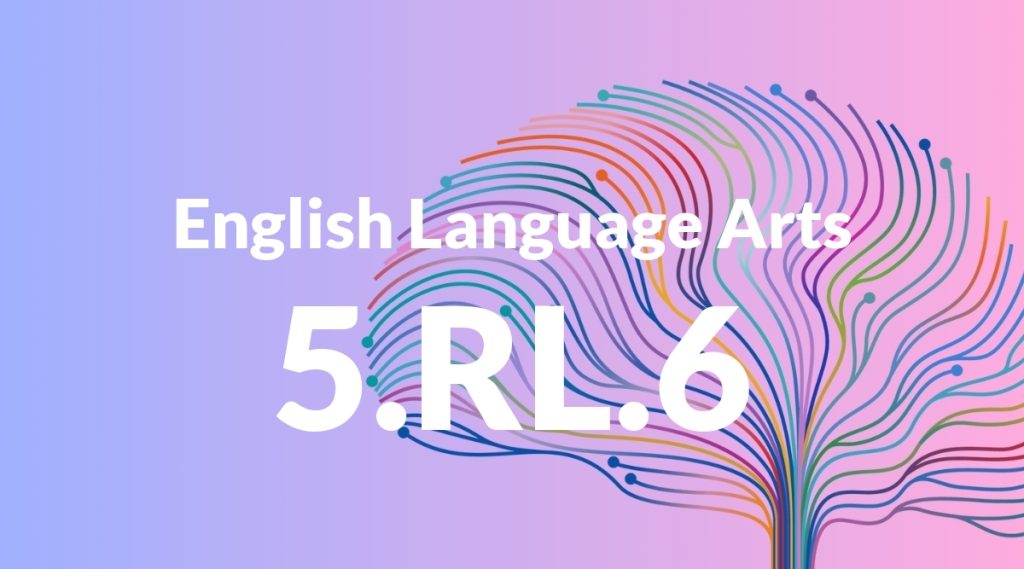Standard: 5.RL.6 – Describe how a narrator’s or speaker’s point of view influences how events are described.
Grade level: Grade 5
Subject: English Language Arts
Domain: Reading: Literature
Teacher Overview
This standard emphasizes the importance of understanding how a narrator’s or speaker’s point of view influences the way events are described in a story. It is crucial for students to recognize that different perspectives can lead to different interpretations of the same events, which is a fundamental skill in both reading comprehension and critical thinking. Students should already understand the basic types of narrators and the concept of point of view. They should also be able to identify the narrator in a story and describe their perspective.
After mastering this standard, students will be better equipped to analyze texts for bias and perspective, which will enhance their overall reading comprehension and critical thinking skills.
Common Misconception 1
A common misconception is that the narrator’s point of view does not affect the story. This is incorrect because the narrator’s perspective shapes the way events and characters are described, influencing the reader’s interpretation.
Intervention 1
Use side-by-side comparisons of the same story told from different perspectives to highlight how the narrator’s point of view changes the narrative.
Common Misconception 2
Another misconception is that all narrators are unbiased and reliable. This is not true, as some narrators may present a biased or unreliable account of events, which can mislead the reader.
Intervention 2
Introduce texts with unreliable narrators and discuss how their biases and reliability affect the story. Encourage students to look for clues that indicate bias or unreliability.
Prerequisite Knowledge
Students should have a basic understanding of different types of narrators (first-person, third-person) and the concept of point of view in storytelling.
Subsequent Knowledge
Students will develop the ability to critically analyze texts for bias and perspective, enhancing their overall reading comprehension and critical thinking skills.
Instructional Activities
- Read and compare different versions of the same story from various perspectives.
- Analyze characters’ motivations and how they influence their point of view.
- Discuss historical events from multiple perspectives to understand bias.
- Create a story from different characters’ points of view.
- Evaluate news articles for bias and perspective.




